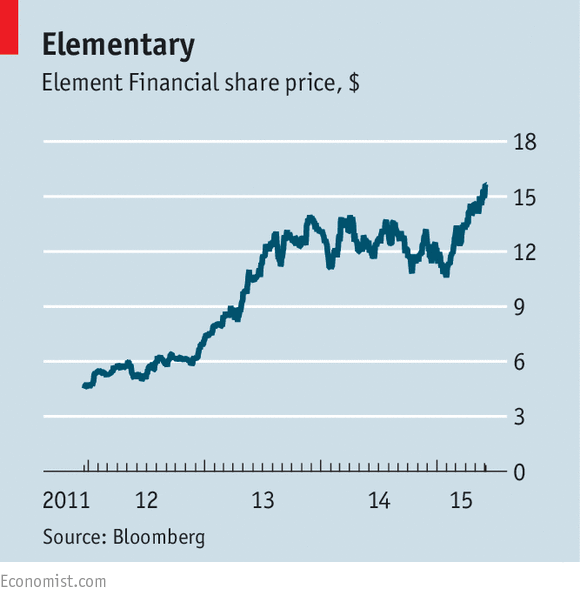IMAGINE owning a shopping centre that your customers are forced to stay in for several hours. Better yet, everyone who visits is relatively rich, and many are in a giddy holiday mood. Now imagine that the number of these special shopping centres is strictly regulated, giving you a near-monopoly. On top of this you get paid a fee per visitor. No wonder buying airports has become something of an investment fad.
Though potentially lucrative, airports tie up a lot of capital, which is why governments around the world are selling them. Some are being listed on stockmarkets, others sold to private investors. The Japanese government is selling 30-40-year concessions to run some of its airports. France is flogging its regional airports: it sold a 49.9% stake in Toulouse airport to a Chinese-led consortium in December. Investors include pension funds, sovereign-wealth funds, infrastructure specialists and private-equity houses.
What sets airports apart from most investments in infrastructure is their dual income stream: they bring in money both on the aeronautical side (landing fees, contracts with carriers) and from passengers (parking, shopping, hotels). If you own a toll road and traffic dwindles, there’s not much you can do. But with an airport there are lots of levers to pull, such as cutting capital costs, firing staff and upping the price of parking. “We love them because they pay a steady income for our retirees, protect against inflation and are a diversifier,” says Andrew Claerhout of the Ontario Teachers’ Pension Plan (OTPP), which is an investor in four European airports including Birmingham and Copenhagen. Best of all is the bonus that comes from being a monopoly. Returns from well-run airports tend to be in the double digits, markedly higher than more boring assets like bridges.
One way to boost profits is to increase the number of passengers who can be herded through the buildings. Investors including OTPP and Macquarie, a bank, as well as the Belgian government, recently helped to upgrade Brussels airport by linking the European and international terminals, thus centralising security and shopping. Ardian, an investment firm that owns a stake in Luton airport, near London, helped to convince the local train company to increase London-bound services during rush-hour. It also removed a bottleneck at security by opening more lanes and hiring “smiling people” in yellow T-shirts to point passengers to the shortest queue. An upgrade of the terminal, aimed at increasing the number of passengers from 12m to 18m a year, is next.
When an airport has been in public hands, the non-aeronautical parts of the business have often been especially neglected. Buyers often invest in good parking (ie, under a roof and close by), which can become one of the biggest single sources of income. But not all airports are created equal. Those serving capital cities tend to be safer bets, with a steady supply of visitors, come rain or shine (unlike holiday destinations). Ensuring the airport is not dominated by a single carrier is another golden rule, as this makes it vulnerable to strikes or bankruptcy. Buying a stake in an airport of which the government owns a controlling share is risky, as public and private interests are not always aligned.
Europe is currently the hub for airport investing, accounting for more than half of all deals since 2011, according to Preqin, a data firm. That compares to 15% in Asia, 14% in Australasia and 9% in America. But European valuations are reaching dizzying altitudes: Ljubljana airport was sold last year to Fraport, a German airport specialist, reportedly for a lofty 20 times annual earnings. Michael Burns of PwC, a consultancy, points out that the number of passengers is growing twice as fast at many Asian and African airports. By 2020 Indonesian airports will have more traffic than British ones, predicts PwC. More adventurous investors may end up flying long-haul.
